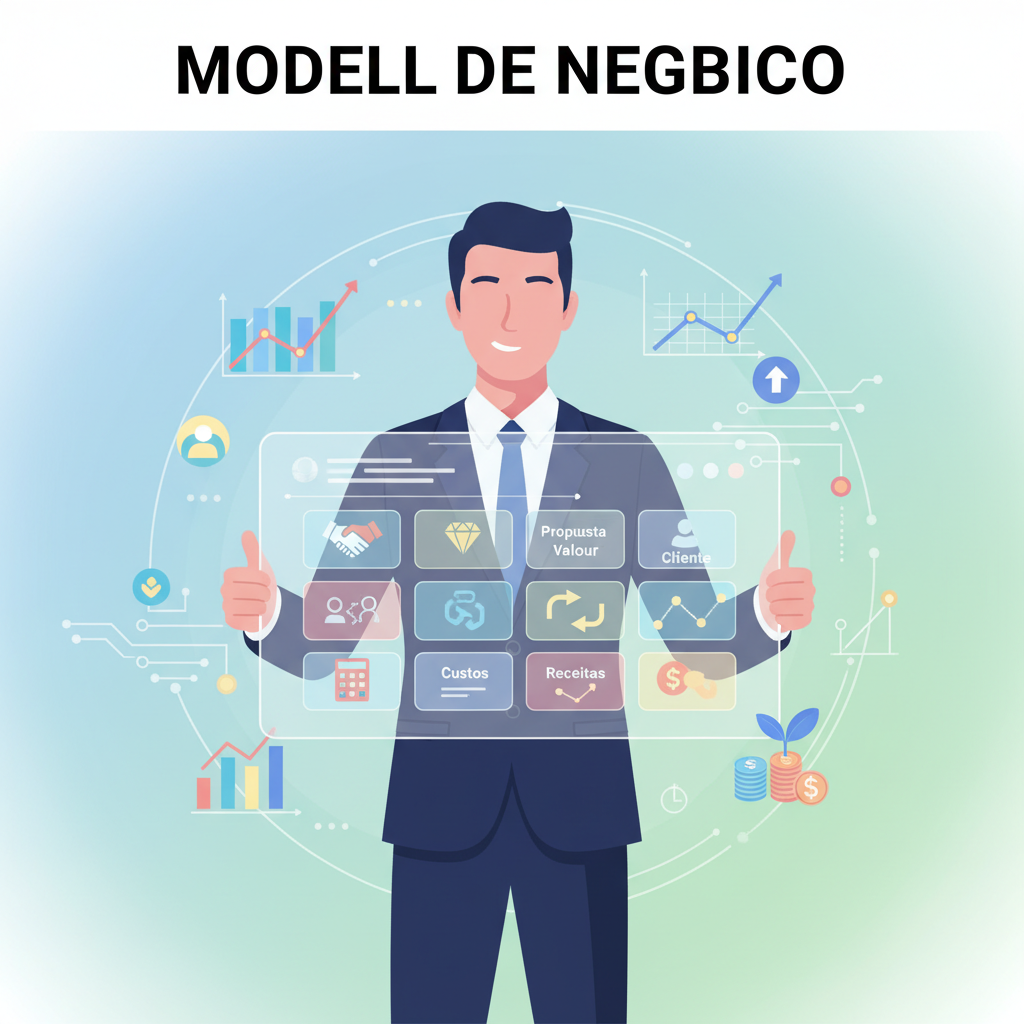Definition and value of the business model
A business model It defines how a company creates, delivers, and captures value for customers and shareholders. It is key to structuring a profitable and scalable venture.
This model must allow for constant growth without disproportionately increasing costs, ensuring sustained profitability over time and facilitating expansion into new markets.
To achieve this, it's essential to build a unique value proposition and deeply understand the ideal customer, tailoring the offering to their specific needs and preferences.
Clear and differentiating value proposition
The value proposition It's the core of the business model. It's based on identifying the problem your product or service solves or the need it satisfies.
A clear and distinctive proposition stands out from the competition and attracts the target audience, building brand loyalty and recognition over time.
It must be relevant and unique, ensuring that customers understand and value the benefits offered, thus facilitating their purchasing and retention decisions.
Knowledge of the ideal client
Meet the ideal client It involves conducting market research to understand their habits, needs and preferences in detail.
This information allows us to adjust our offerings and marketing strategies to maximize customer acquisition and loyalty, optimizing resources and efforts.
The more precise this knowledge is, the more effective it will be to connect with the audience and build lasting relationships based on trust and satisfaction.
Key elements for profitability and scalability
To achieve a profitable and scalable business model, it's essential to identify repeatable revenue streams that allow for growth without high costs. This ensures financial sustainability.
Furthermore, process systematization and automation optimize resources and facilitate expansion, eliminating bottlenecks and reducing dependence on constant manual labor.
Another crucial element is validating the model through a minimum viable product (MVP), which allows for testing market acceptance and fine-tuning before investing significant resources, minimizing risks.
Recurring or scalable revenue streams
Recurring revenue streams, such as subscriptions or memberships, provide financial stability and allow for more confident growth planning.
In scalable models, the cost per additional customer is minimal, which favors expansion without proportionally increasing operating expenses.
For example, selling digital products requires an initial investment, but can be replicated without marginal costs, facilitating the achievement of increasing profits.
Systematization and automation of processes
Systematization involves documenting and optimizing processes so that they are efficient and replicable in different contexts or markets.
Automating tasks reduces operational burden, reduces errors, and frees up time to focus on business strategy and growth.
These adjustments allow the business to scale without the increase in customers implying proportional increases in costs or human effort.
Validation with minimum viable product (MVP)
An MVP is a simplified version of a product that is launched to gather feedback and validate real market demand.
This strategy reduces costs and risks, providing valuable information to improve and adjust the offering before making large investments.
This ensures that the model has real potential and avoids committing resources to products that don't achieve effective acceptance.
Strategies for growth and expansion
Sustainable growth requires a marketing and sales strategy that allows you to efficiently reach your target audience, attract new customers and retain them.
In addition, maintaining a continuous improvement mindset It is key to adapting to changes, optimizing processes and taking advantage of opportunities in the market.
Effective marketing and sales strategy
An effective strategy utilizes multiple digital channels such as social media, email marketing, and online advertising to maximize reach and attract customers.
It's vital to segment your audience based on prior research, personalizing messages and offers to increase conversions and strengthen customer relationships.
Additionally, integrating follow-up campaigns helps retain customers and increase lifetime value, promoting long-term profitability.
Continuous improvement mindset
Continuous improvement involves constantly analyzing results to identify areas of opportunity and correct deviations in real time.
Quickly adapting to market trends and customer feedback strengthens the business model and helps maintain its relevance and competitiveness.
This mindset drives innovation and optimizes resources, ensuring the business evolves and scales successfully in changing environments.
Practical implementation and follow-up
The practical implementation The business model requires constant adaptation to remain relevant in the face of market changes and customer preferences.
This continuous monitoring allows for early detection of opportunities and threats, adjusting the strategy to maintain profitability and sustained growth.
Agile and flexible management execution is key to ensuring the business evolves in line with the dynamics of the competitive environment.
Adaptation to market changes
The market is constantly changing, so the ability to adapt is essential to maintaining competitiveness and customer satisfaction.
Implementing trend monitoring and analysis mechanisms makes it easier to anticipate changes and quickly adjust products, services, and strategies.
This flexibility helps avoid losses and take advantage of new demands, aligning the value proposition with current and future expectations.
Maximizing expansion opportunities
To maximize expansion, emerging market segments must be identified and distribution channels leveraged to scale efficiently.
Diversifying your offering and adapting it to a specific area of culture or region increases your chances of success in new markets.
Likewise, consolidating strategic alliances can facilitate resources, knowledge, and access to niches, accelerating the growth process.






